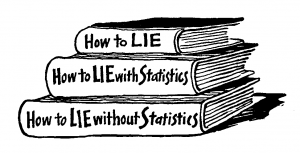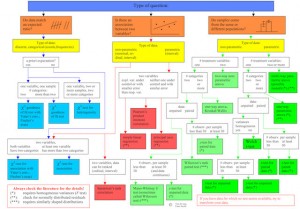
This version is the definitive reading of the song. Period.
I’ve heard both the studio and concert versions of this song, plus the Reprise version, and I always come back to this one. “I’ve Got You Under My Skin” is the third track of the 1966 album Sinatra At The Sands with Count Basie and his Orchestra. In 1966, Sinatra had been through enough to sing most any song with authority. He’d been to the top, bottomed out, and back up again – and that’s just professionally. Personally, one might argue that he had a tendency to get someone under his skin. I always think this song could be applied at any point during his life.
The original recording in 1956 (Songs for Swingin’ Lovers) with the Capitol orchestra and trombonist Milt Bernhart is a standard, but lacks the intense emotion of the concert performance. Bernhart’s solo there is fantastic. Don’t get me wrong. But Basie’s trombonist really puts raw emotion into it.
The music is in keeping with the album’s mood…breezy but focused. Basie’s signature sound is there. The orchestra is at ease with the chart but adds an underlying sense of urgency not present in the ’56 version. This is important, given the song’s subject matter.
Sinatra starts with a simple declaration, matter-of-factly but with what I imagine as a knowing smile on his face. Basie’s brass punctuates the admission that the song’s muse is “really a part” of the singer. From “I’ve tried so, not to give in” to “never will go so well” grows in urgency slowly, but is resolved with “But why…” — as though he is giving up, but will enjoy giving in. Sinatra drags the next line, emphasizing “skin” with a warm, sensual tone that leads to the first run of the repeat verse.
Now we’re to acknowledging the pangs of sacrificing anything to have one near, and Sinatra sounds almost joyfully complacent in his anguish. He’s okay with being led. But the “warning voice” comes after the orchestra builds–a small crescendo for what’s coming, the pounding heart, the futile attempts. The orchestra drops back to a basic riff as Sinatra, as the warning voice, forcefully orders to “use your mentality,” as he “never can win.” His voice softens and the woodwinds transition us as he again acknowledges the recurring thoughts of his muse. Basie’s orchestra throws in a perfect punctuation after “stop.”
A major transition occurs here. Sinatra’s voice decrescendos and warms as he sings “’cause I’ve got you / under my skinnn” — holding the last syllable for several beats and diminishing. The orchestra builds, this time the woodwinds stepping aside for the solo trombone, other brass, and rhythm.
The trombone solo itself seems to channel what the singer couldn’t form into words. Of Bernhart’s studio performance, Will Friedwald (Sinatra! The Song Is You) writes, “the trombonist plumbs the depths of emotion that, at the end of his sixteen bars, we tell ourselves that no mere words could ever reach.” Basie’s trombonist outshines Bernhart in this regard.
Sinatra outdoes his studio performance as well. He comes in after the orchestra resolves the angst of the solo, but it’s not fully put to rest. The orchestra ups the tempo and dynamic and Sinatra dives in. His catharsis comes at the last “But you know” and “wake up, step up” — again, the warning voice, but now spoken as the singer being warned. You can hear the pain and heartache, and the logic. He continues in the singer’s voice, bridging the line with a long “and,” as though he’s taking time to think–or emphasize his own resolve.
Either way, his fate is set. A percussion emphasis is made at “each time” as though to make clear this is how it’s going to be. A pause after “just the thought of you,” then a quick run through “makes me stop” — it’s time to stop deliberation and let things be. The orchestra rests long enough for FS to breathe (just as his vocals on the collaboration with Antonio Carlos Jobim) “because I’ve got you” — a drastic shift from the high emotions of just a few measures ago. He’s wrestled with it, thought it over, and now turns to his muse to surrender. The remainder of the phrase is accompanied by soft rhythm and instrumentation. A quick bass run and a piano chord to say, “That’s all,” and the song is over.
It is swing, longing, machismo, turmoil, acceptance, and resignation.



